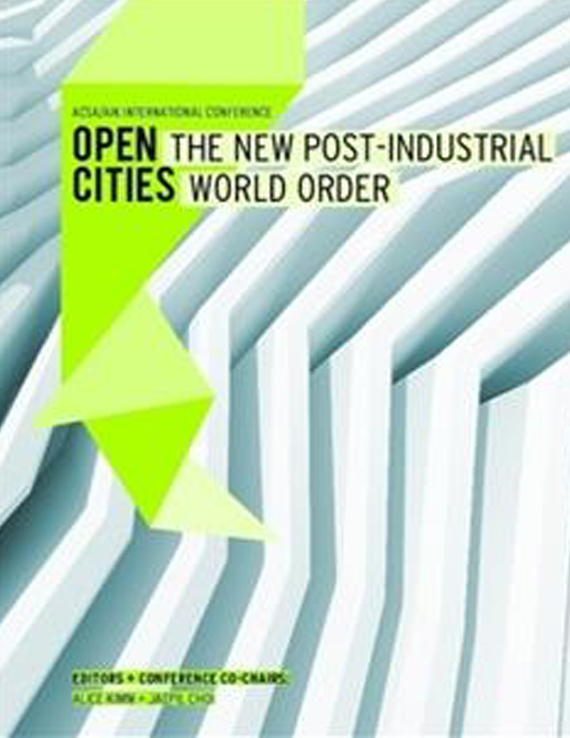Author(s): Daniel S. Oh
In a decade of unprecedented global real estate boom and the rise of technologyin graphical representation and fabrication, architects find themselves racing tocreate the most unusual shapes and stylistic statements. However, the aim of thispaper is not about the architects’ pursuit for “mass” appeal, but rather area ofarchitecture that has lost appeal to architects: engaging and collaborating withclients in the design process.This profession-wide lack of interest in client engagement has been marginalized,at best, by practicing architects for many years. As a consequence, both generalpublic’s discontentment and criticisms have become essential to address. In addition,criticisms are more severe in public projects where numerous client groupsand interest groups bring in a complex web of social and political agendas. In theGreater Seoul Region alone, most public projects built over the last decade havebeen proven to be highly speculative and politically charged. These projects includeone of the most expensive city halls in Sungnam-si, 18km canal for cruiseships for mere 550 passengers a day, and a floating exhibition center that is currentlyout of use. The current mayor’s declaration to zero-based review on all publicconstruction projects won him his seat at the city hall. And today, most publicconstruction projects have been cancelled and only few remaining projects underwentlengthy enquiries by various citizen groups.The public sector had to search for new ways to justify public construction projectsin order to be transparent and gain public’s trust over the new government.However, neither the public sector nor architects were equipped to take on thechallenge. The public sector began to implement untested citizen consultationprocesses which brought more confusion than decisions, not to mention additionalcosts and delays. Whether out of desperation or from rational justification,commissioning a relatively young society made up of professionals in the field of“service design,” best known for product optimization and user-interface design(UX) in Korea. The City of Seoul and other public sectors commissioned ServiceDesign Council to spearhead some of the high-profile public projects such as amulti-cultural and art center in Gwangju, a public hospital in Seoul and an alleywayin a crime-ridden neighborhood in Seoul, caught many architects by surprise.This paper investigates the recent shift and its implications in the way the publicsector conducts and maneuvers public projects. And by comparing the scopeand methodology of service design provides with architectural services, this studyaims to find causes and weak links in architecture. The findings ultimately point totwo weak areas of architecture: client engagement and interdisciplinary collaboration.The paper recommends architects to strengthen and rethink how clients canparticipate in the design process to make better public space and architecture.
Volume Editors
Alice Kimm & Jaepil Choi
ISBN
978-0-935502-91-6

 Study Architecture
Study Architecture  ProPEL
ProPEL 
